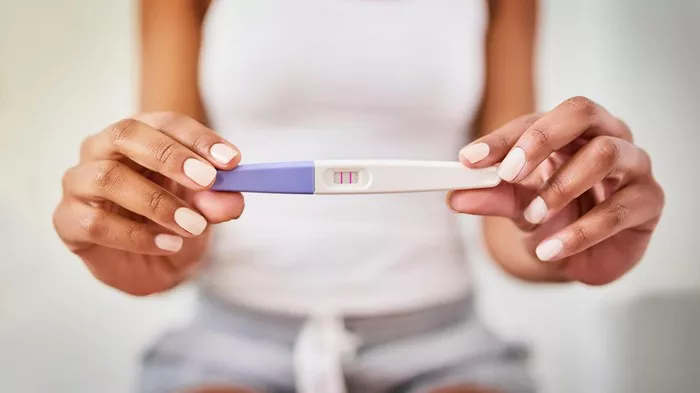The rise of telemedicine has revolutionized healthcare accessibility, and birth control prescriptions are no exception. A recent report from the American College of Obstetricians and Gynecologists (ACOG) highlights how virtual consultations and online pharmacies are bridging gaps in contraceptive access, particularly in rural and underserved communities where clinics are scarce.
In the past, obtaining birth control pills often required in-person doctor visits, posing logistical and financial barriers for many women. Now, platforms like Nurx, Lemonaid, and Planned Parenthood Direct allow users to consult licensed healthcare providers via video or questionnaires, receiving prescriptions delivered discreetly to their doorsteps. A 2024 survey by the Guttmacher Institute found that 62% of women in remote areas preferred telemedicine for contraceptive needs, citing convenience and privacy as key factors.
Policy changes have further facilitated this shift. Last month, the U.S. Food and Drug Administration (FDA) permanently lifted restrictions on mailing hormonal contraception, a temporary measure initially enacted during the COVID-19 pandemic. This decision aligns with growing evidence that remote prescription does not compromise safety, as providers use detailed health screenings to identify contraindications like hypertension or a history of blood clots.
However, challenges remain. Critics argue that telemedicine may overlook nuanced health histories, and not all insurance plans cover virtual visits. Additionally, some states still impose restrictive laws requiring ultrasounds or pelvic exams before prescribing birth control—a hurdle for telehealth adoption. Advocates are pushing for nationwide standardization to ensure equitable access.
For now, the expansion of telemedicine represents a critical advancement in contraceptive equity, empowering women to take control of their reproductive health without geographical constraints.
You Might Be Interested In:
- Is It Normal to Leak Milk While Pregnant?
- Does Leaking Milk Mean Labor Is Near?
- How Can You Prevent a Molar Pregnancy?

